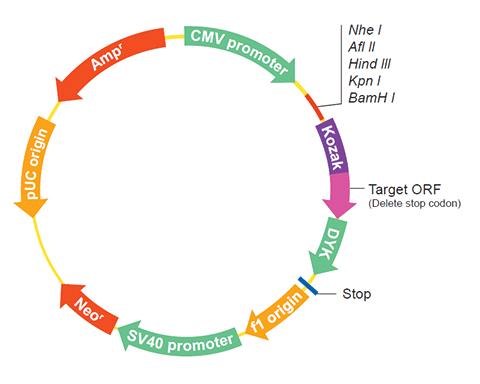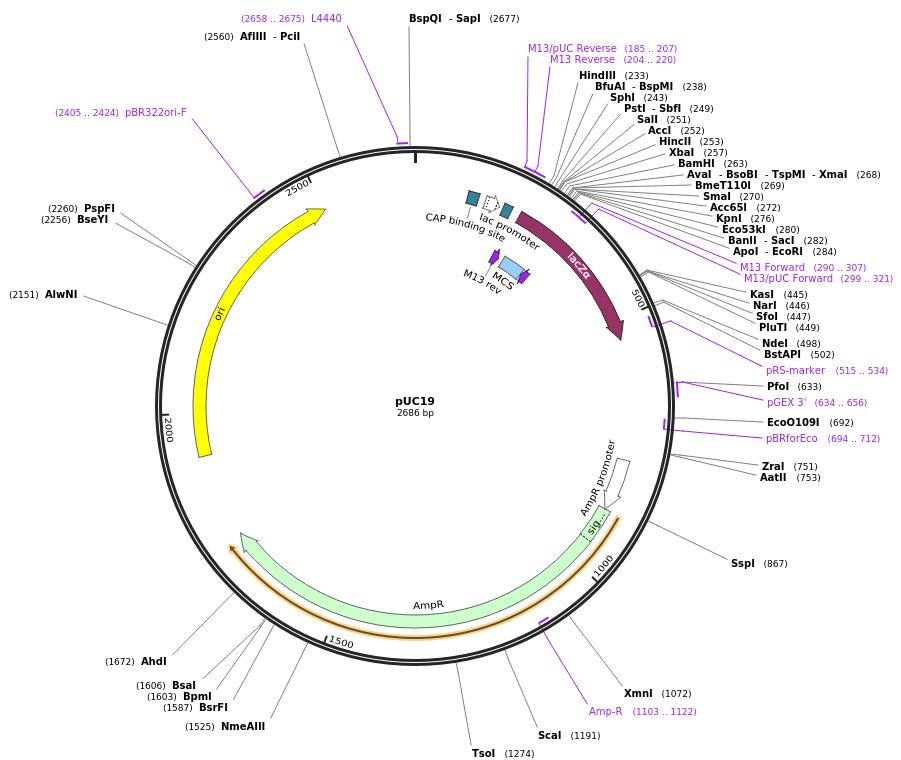
1 minute read
Figure 2. Silk producing gene sequence
from silk
improving the health quality of patients that suffer from cartilage, bone and ligament complications (Das et al. 2014). The silk producing gene from the spider Parasteatoda tepidariorum represents a circular DNA plasmid and it is illustrated in Figure 1.
Figure 1. Silk producing gene from the spider Parasteatoda tepidariorum (Genscript.com 2019)
Advertisement
The sequence of the silk producing gene with the stop codons being removed so it can be inserted in specific vectors is pictured in Figure 2.
Figure 2. Silk producing gene sequence (Genscript.com 2019)

As it can be observed in Figure 1, this plasmid can be cut with five different restriction enzymes (Nhe I, Afi II, Hind III, Kpn I and BamH I) and manipulated for research studies as well as medical uses. The stop codons must be deleted in order to insert the gene into specific vectors, required by the host of interest (Genscript.com 2019). pUC19 and pBluescript II SK(-) are two cloning vectors used for bacterial expression and their restriction maps are presented in Figure 3 and Figure 4 .
Figure 3. Restriction map of pUC19 (Addgene.com 2019)







